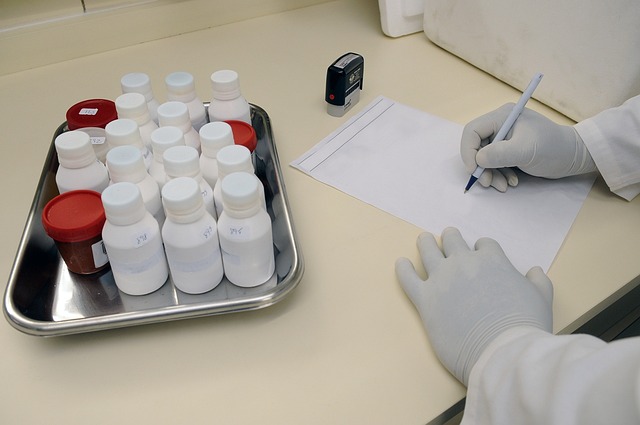Technological Advancements in Multispectral Diagnostics: Pioneering Health Innovations
The world of healthcare is evolving at an unprecedented pace, driven by technological innovations that continue to reshape how diagnostics are approached and delivered. Among these advancements, multispectral diagnostics stands out as a groundbreaking field that holds immense promise for improving patient outcomes.
At its core, multispectral diagnostics involves the use of advanced imaging techniques to capture and analyze data beyond the visible spectrum. This technology allows healthcare professionals to gain deeper insights into various medical conditions by examining not only the surface of tissues but also their biochemical and physiological characteristics. The ability to visualize these elements is transforming diagnostic processes, enabling earlier detection of diseases and more tailored treatment strategies.
One of the remarkable aspects of multispectral diagnostics is its application in oncology. Traditional imaging methods often struggle to distinguish between healthy and diseased tissues, but multispectral imaging can provide a more detailed analysis. By utilizing different wavelengths of light, healthcare providers can identify specific markers associated with tumor growth, leading to more accurate diagnoses and personalized treatment plans. Imagine being able to identify cancerous cells at an earlier stage, significantly improving the chances of successful intervention.
Beyond oncology, multispectral diagnostics is also making waves in dermatology, cardiology, and even dentistry. For instance, in dermatology, multispectral imaging can pinpoint skin conditions that may be invisible to the naked eye, enabling dermatologists to make informed decisions regarding treatment. In cardiology, it assists in revealing subtle changes in blood oxygenation and perfusion that could indicate cardiovascular issues, all while minimizing the need for invasive procedures.
Moreover, the integration of artificial intelligence (AI) with multispectral diagnostics is setting a new standard for accuracy and efficiency. AI algorithms can analyze vast amounts of multispectral data swiftly, identifying patterns and anomalies that might elude human observers. This synergy between AI and multispectral technology not only enhances diagnostic precision but also reduces the burden on healthcare professionals, allowing them to focus on patient care rather than data overload.
The implications of these technological innovations extend to global health initiatives as well. In underserved regions where access to traditional diagnostic tools is limited, multispectral devices can be mobile and cost-effective, bringing essential diagnostic capabilities to remote communities. This democratization of healthcare has the potential to change the landscape of global health, ensuring that critical diagnostic services are available to those who need them the most.
As we look ahead, the future of multispectral diagnostics is bright, with ongoing research and development promising even more sophisticated tools and applications. The fusion of this technology with emerging fields, such as telemedicine, will likely facilitate broader access to diagnostics and further enhance our ability to monitor health remotely. For patients and healthcare providers alike, these advancements signify a shift toward a more proactive, preventative model of care, where diagnostics play a crucial role in health management.
Staying informed about these developments is essential, as the landscape of diagnostics continues to evolve. Multispectral diagnostics not only represents a leap in our understanding of health conditions but also encapsulates the hope of a future where early detection and personalized care are the norms rather than the exceptions.




